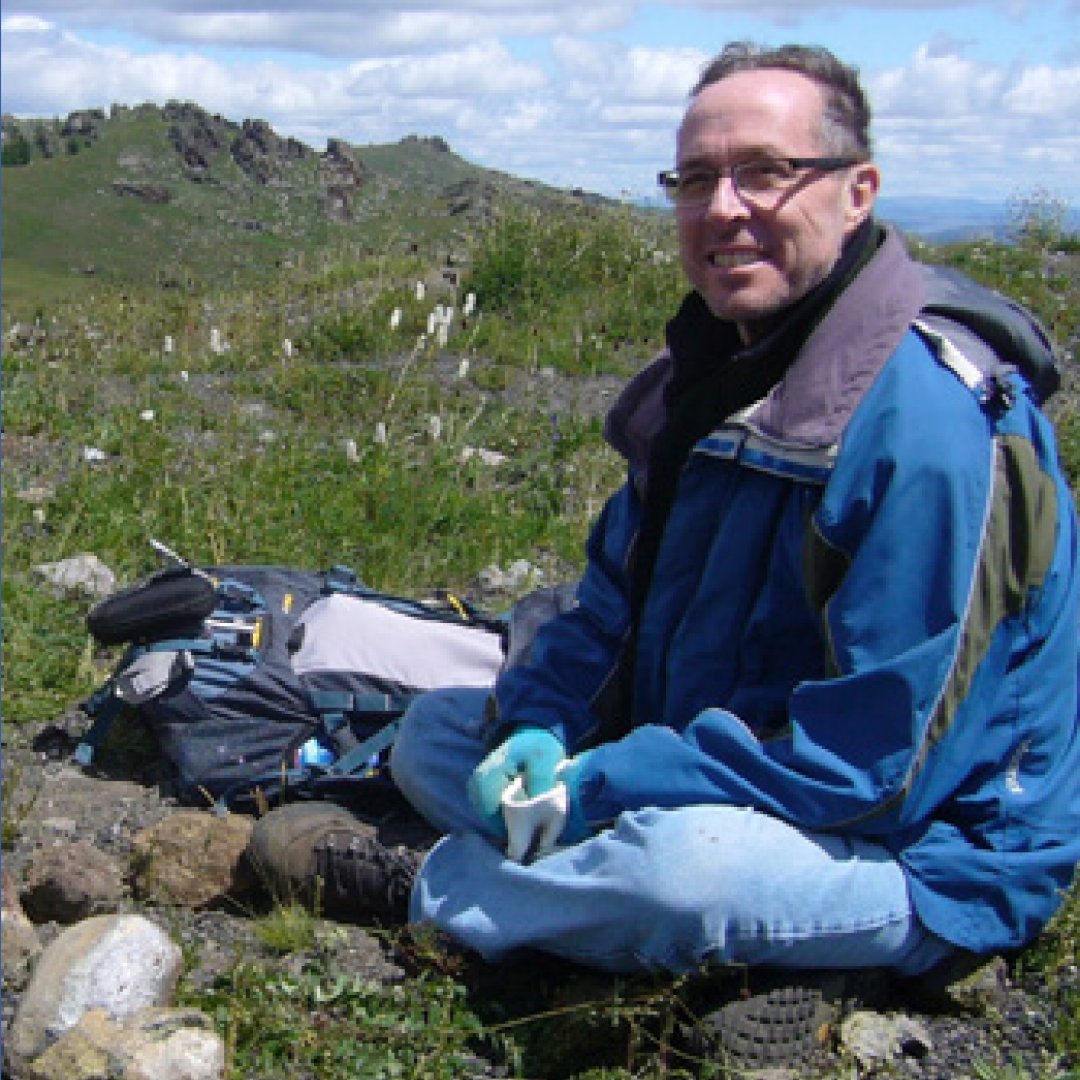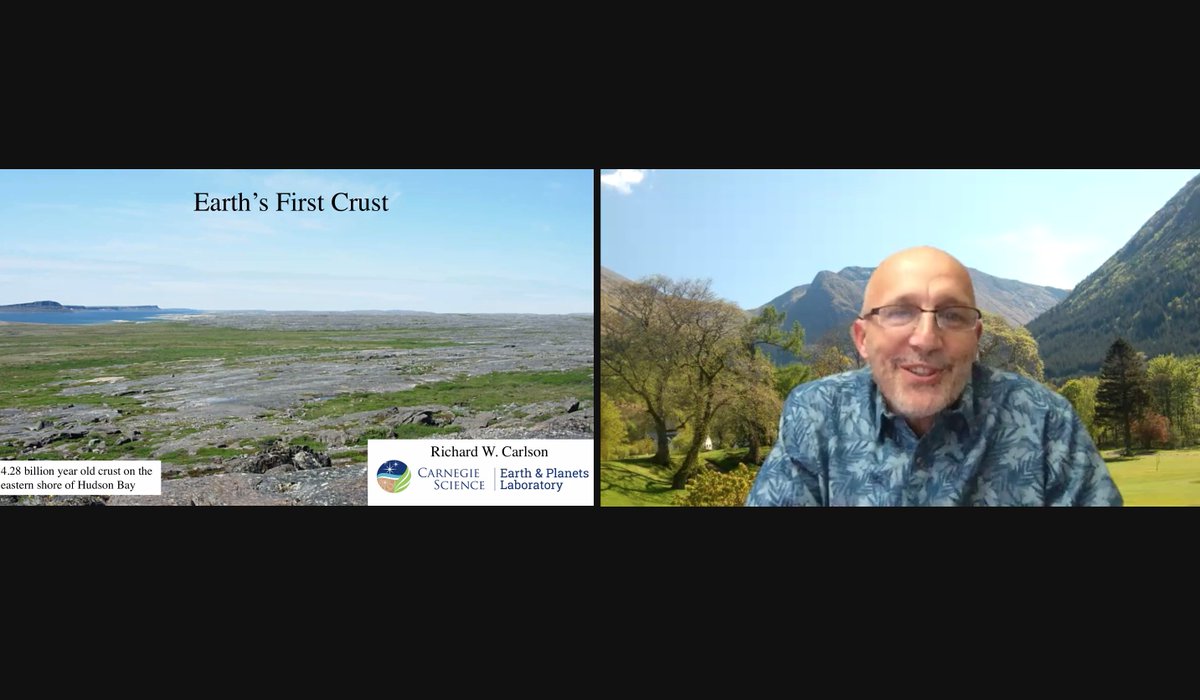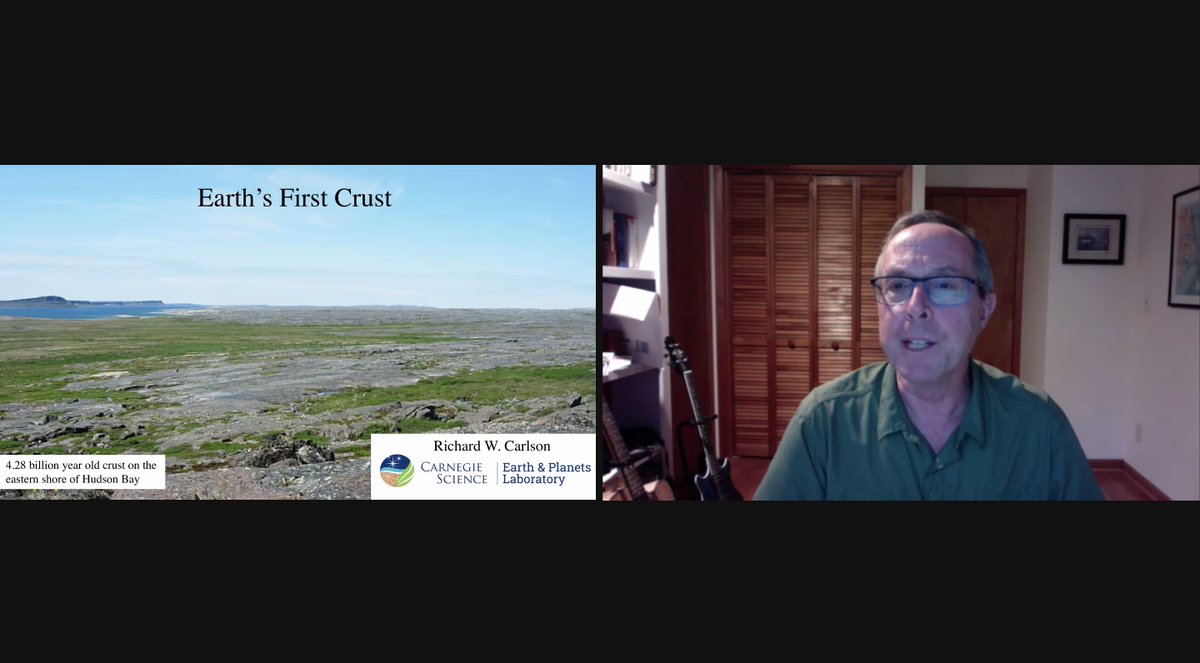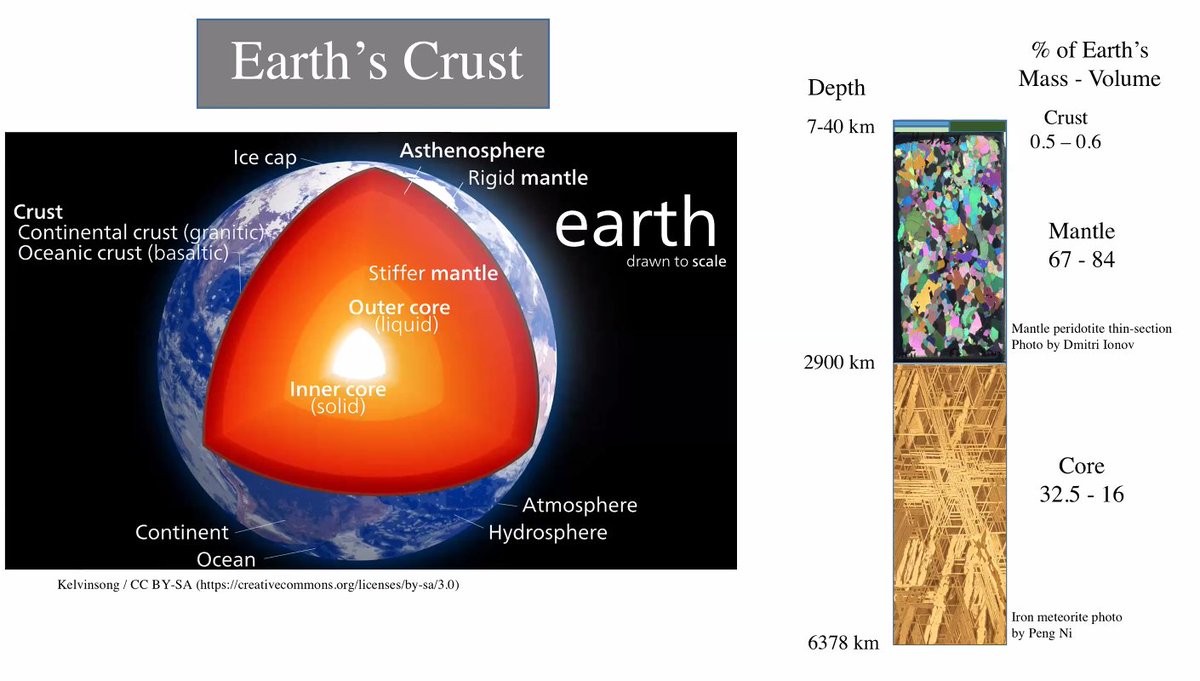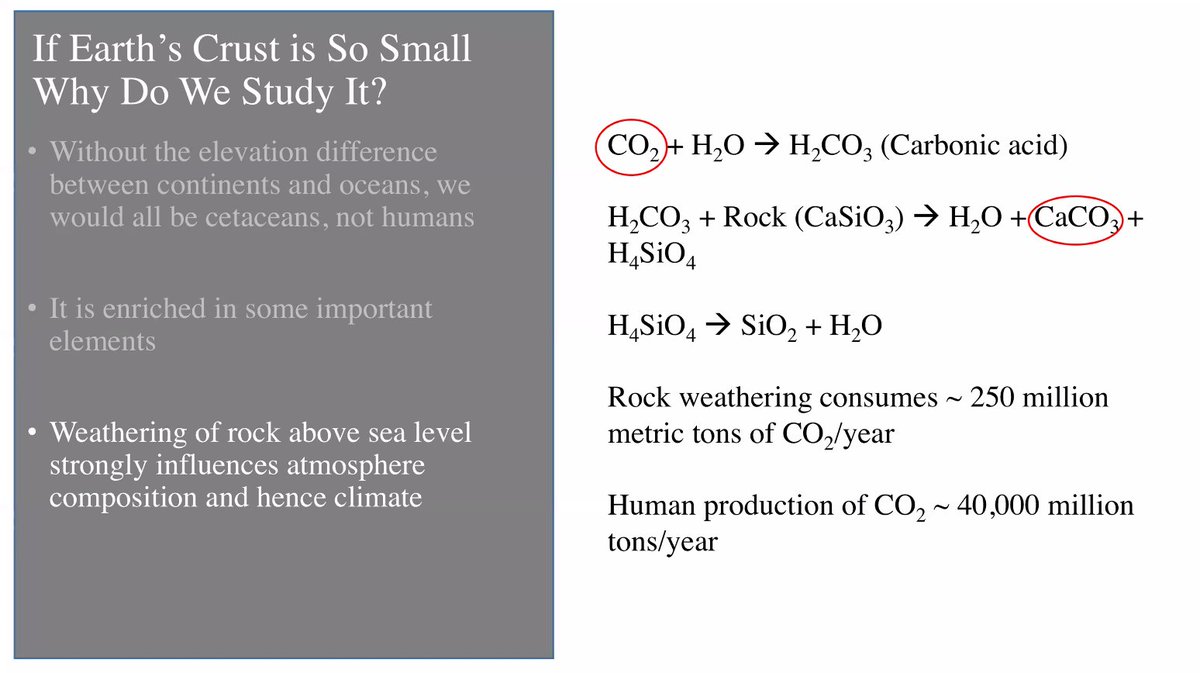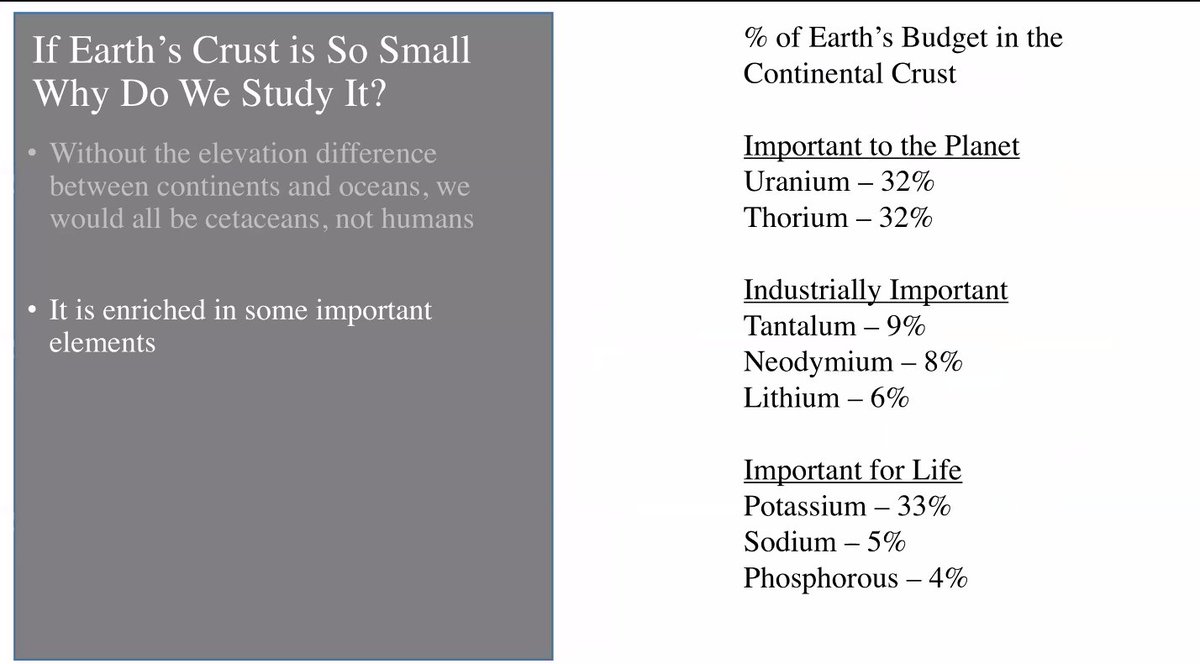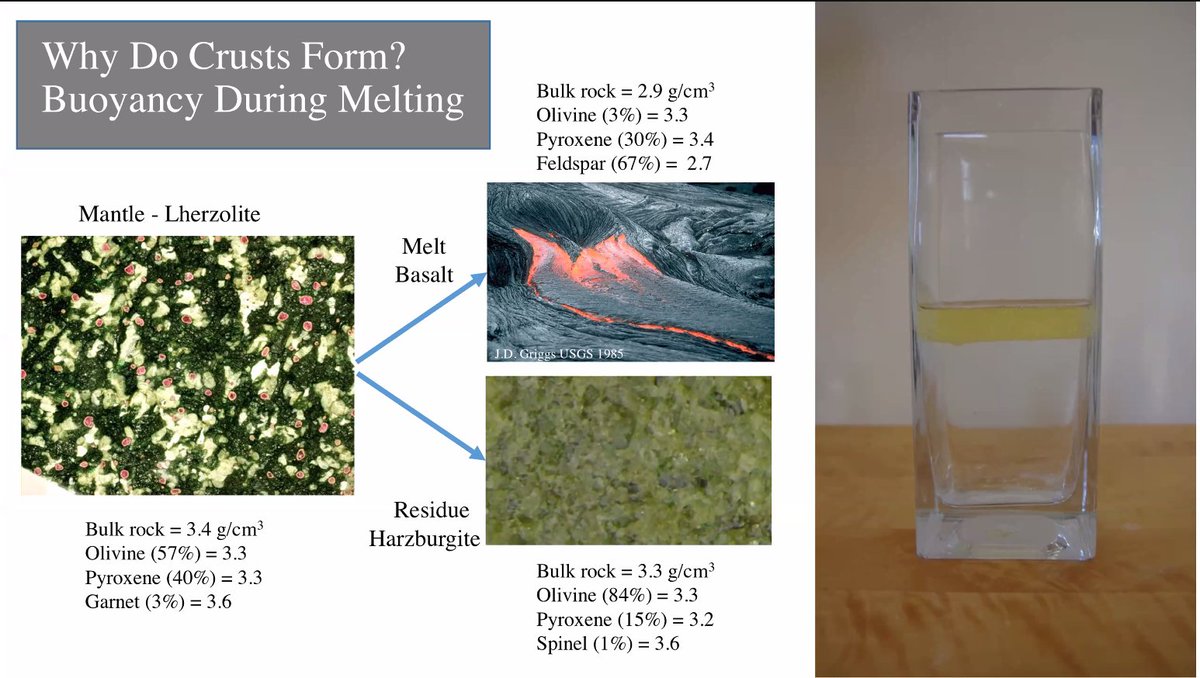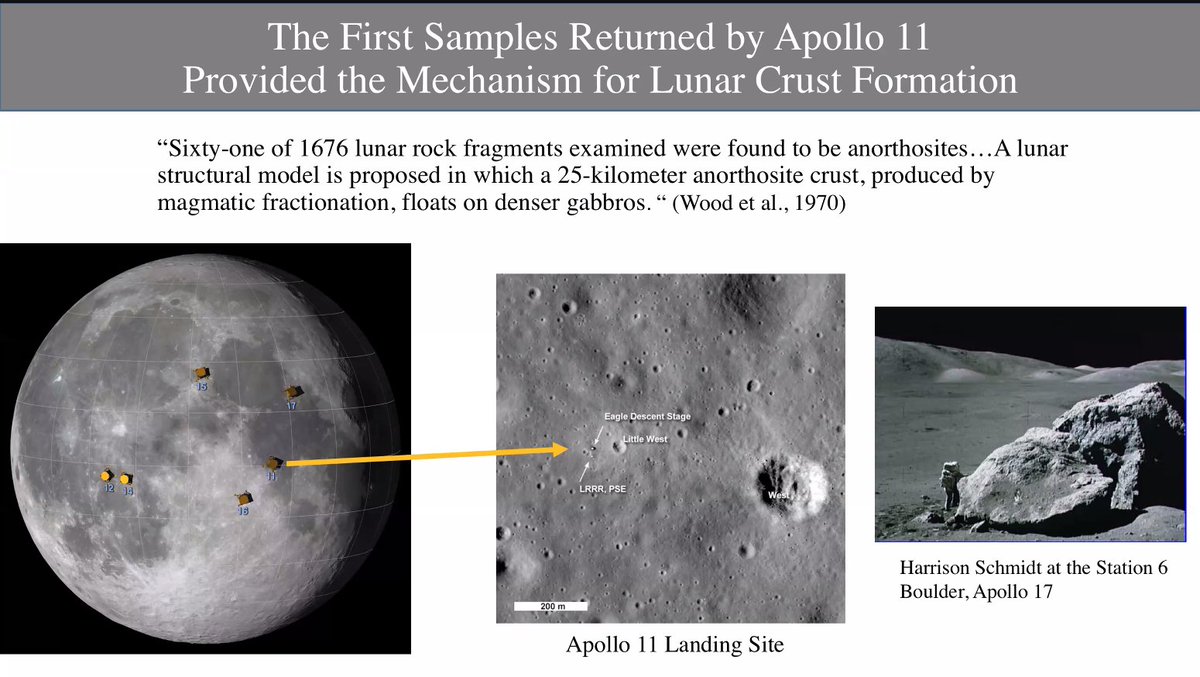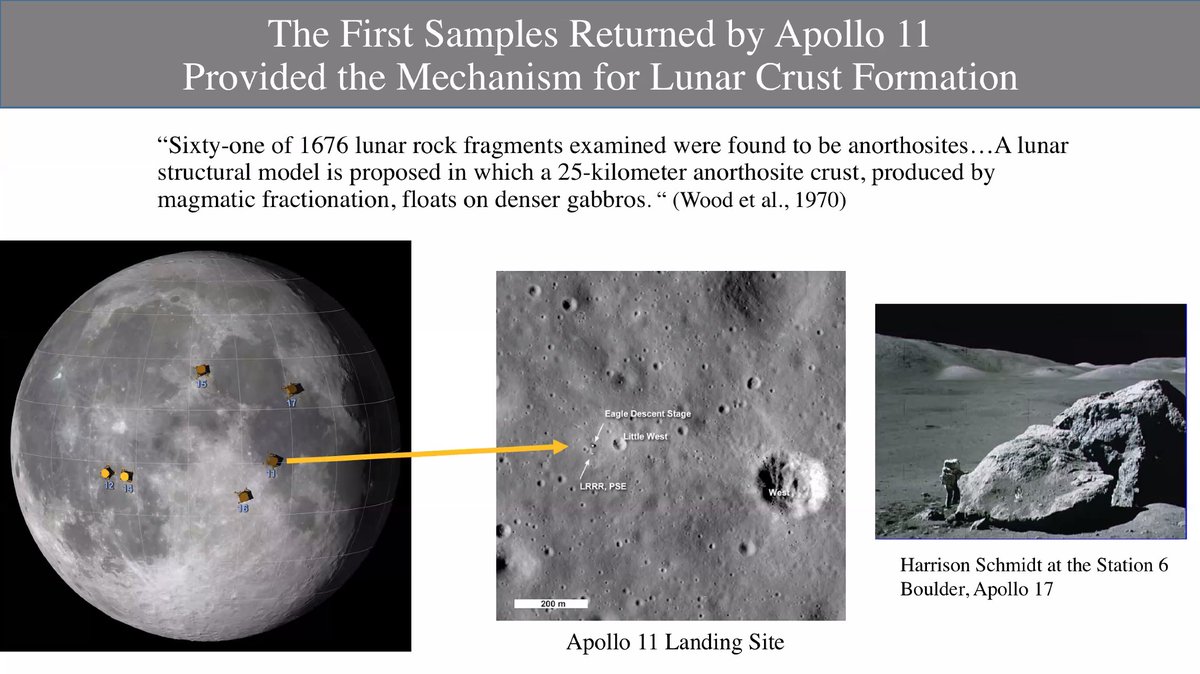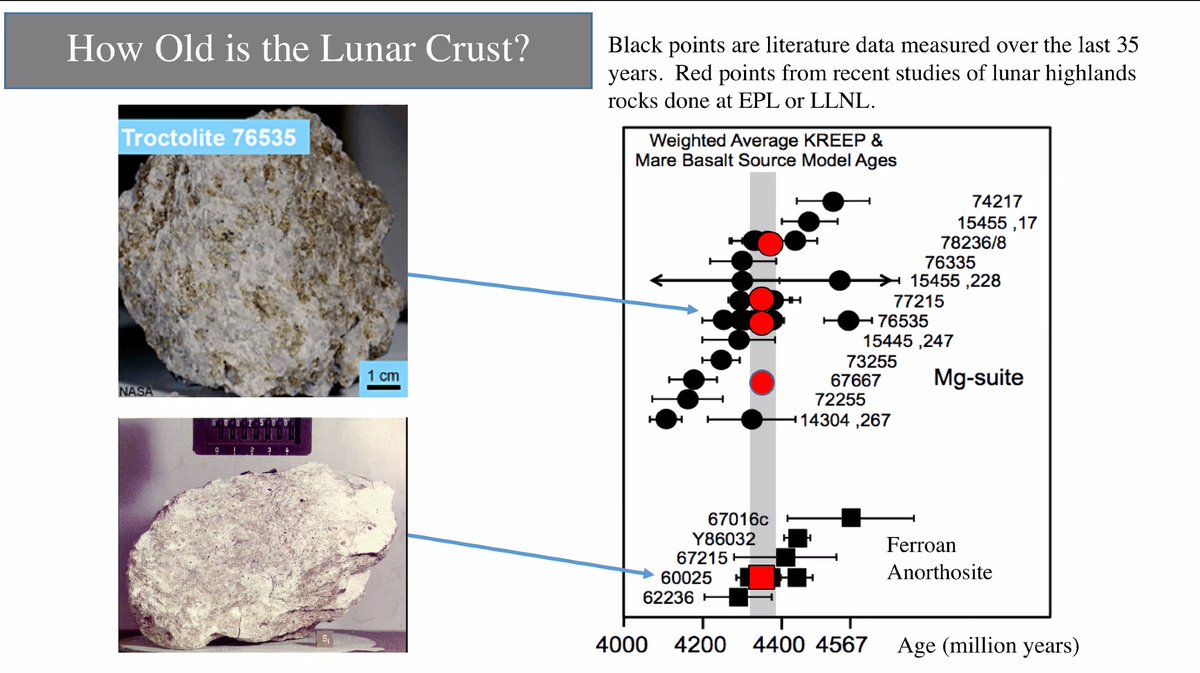Our Neighborhood Lecture Series presentation of “Earth’s First Crust” is starting now! Tune in on Zoom ( https://bit.ly/3404cqD )">https://bit.ly/3404cqD&q... or watch the live stream on Youtube ( https://youtu.be/j82CNr4PWwg ).">https://youtu.be/j82CNr4PW...
Deputy Director Michael Walter is currently introducing Rick Carlson: "Rick is an isotope geochemist by trade and has been studying the Earth, the planets, and the moons for decades."
Carlson is an isotope geochemist and the Director of @CarnegiePlanets.
u2028u2028As an isotope geochemist, he uses radioactive tracers as tools to determine the age and chemical processes that form and track the history of rocks on Earth, Mars, the Moon, and various asteroids.
u2028u2028As an isotope geochemist, he uses radioactive tracers as tools to determine the age and chemical processes that form and track the history of rocks on Earth, Mars, the Moon, and various asteroids.
Says Carlson, "If you shrunk the Earth down to the size of an apple, the crust would only be the skin on the apple. But the crust is a very important part of the Earth."
Why study Earth? One reason is that Earth has two different types of crust, which makes it unique in our Solar System& #39;s rocky planets.
"Without that difference, we& #39;d all be cetaceans, not humans," says Carlson.
"Without that difference, we& #39;d all be cetaceans, not humans," says Carlson.
So according to Carlson, some reasons we study the Earth& #39;s crust are:
1) The different types of crust
2) It is very enriched in important elements
3) The crust influences the atmosphere and climate
4) and it holds the record of our planet& #39;s deep history
1) The different types of crust
2) It is very enriched in important elements
3) The crust influences the atmosphere and climate
4) and it holds the record of our planet& #39;s deep history
According to Carlson, Earth is unique amongst the rocky planets in having two very different types of crust: continental crust and oceanic crust.
The low density and thickness of the continental crust explains why continents float up so much higher than the oceanic crust.
The low density and thickness of the continental crust explains why continents float up so much higher than the oceanic crust.
Apollo 11 brought back about 47 pounds of rock back from the Moon. The first discover that was made was simple but had big consequences.
From a handful of small chips of the lunar crust, the scientists came to the correct conclusion that the Lunar crust is composed of a single mineral.
According to Carlson, this happens through magmatic fractionation.
According to Carlson, this happens through magmatic fractionation.
On the Earth, the crust is fairly young because it& #39;s constantly sinking at subduction zones. And according to Carlson we can actually image those areas.

 Read on Twitter
Read on Twitter